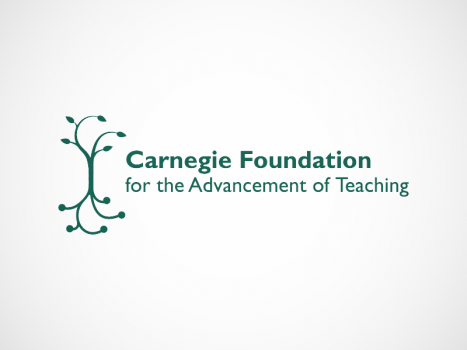In a new white paper by the Carnegie Foundation for the Advancement of Teaching the authors have found examples that illustrate how continuous quality improvement methodology is being applied in education toward the goals of making education more efficient, effective, and equitable.
In Continuous Improvement in Education, by Sandra Park, Stephanie Hironaka, Penny Carver, and Lee Nordstrum, the authors provide examples in three broad categories: at the level of classroom instruction, system-wide, and improvement efforts with collective impact.
They write that while continuous improvement methodology is most often associated with industries such as manufacturing, business, and healthcare, the field of education has been slow to embrace it. Instead, “silver bullets and high stakes accountability remain the prevailing levers for improving school, teacher, and ultimately student performance.”
The field of education has been slow to embrace continuous improvement.
The authors contend that this is due, in part, to the fact that “schools and districts are not organized in ways that promote continuous learning; work is often done in silos, policy demands push for quick results, data isn’t provided frequently or quickly enough for it to meaningfully inform and change practice, and poor outcomes are viewed as individual failures rather than a by-product of a misaligned system.”
The authors conclude that in order to make positive and real changes in education, there needs to be a “tripartite improvement framework” of will, ideas, and execution. “Currently, none of these three elements is ubiquitous in education, a reality which must change if educators are to move beyond the input-outcome polemic and begin to unpack the black box of educational processes in ways that promote their improvement,” the authors said.
May 3, 2013
In the Pathways, Carnegie is testing a set of strategies to help students persist and succeed academically. This report examines this kind of persistence, called Productive Persistence, which is addressing the alarming student failure rates.
May 28, 2013
The current use of the Carnegie Unit was never the intent when it was first created. The Carnegie Foundation is embarking on an initiative to revisit the Carnegie Unit.






